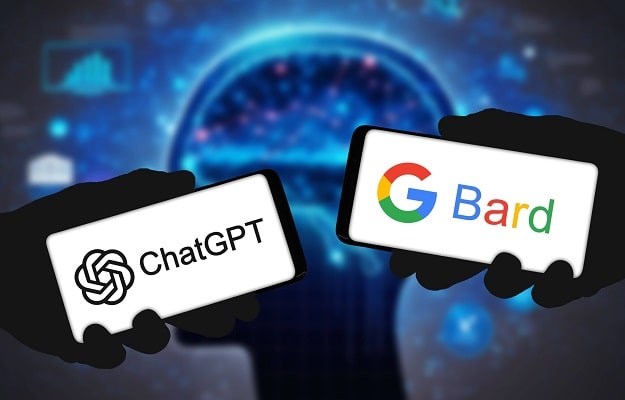
Bard vs ChatGPT?
Both Bard and ChatGPT are giants in the realm of AI text generation, designed to understand and produce human-like text based on the input they receive.
- Bard: An imaginary contender, often used as a placeholder name for emerging AI models in hypothetical discussions. As of my last update, Bard doesn’t exist, but let’s assume it’s a new, advanced model for the sake of this article.
- ChatGPT: Developed by OpenAI, ChatGPT is based on the GPT (Generative Pre-trained Transformer) model. It’s trained on vast datasets and aims to produce coherent, diverse, and contextually relevant text.
What did Google meet with ChatGPT?
When ChatGPT made waves in the AI community, Google wasn’t left behind. They’ve consistently developed models like BERT and T5, focusing on understanding context within search queries and producing more accurate search results. Though not direct competitors in conversational AI, they set the stage for high standards in the realm of text-based AI models. This functionality is actively used by gambling projects such as spelet kazino online, improving the quality of the received content.
Artificial Intelligence War
The rapid development of AI models has led to what can be colloquially termed an “AI war” – a race between tech giants and startups to create the most advanced, efficient, and human-like AI. This competition has spurred rapid advancements in the field, with every new model outdoing its predecessor in terms of capabilities, scale, and potential applications. Many gambling projects, in search of an ideal, cannot decide who is better and, as a result, spelet kazino online sites are forced to study 2 AIs in order to further work with the best.
What other AIs compete?
Apart from ChatGPT and our hypothetical Bard:
- BERT (by Google): Focusing on context within search queries, BERT represents a new era in search engine technology.
- T5 (Text-to-Text Transfer Transformer): Another offering from Google, T5 treats every NLP problem as a text-to-text problem, showcasing its versatility.
- GPT-3 (by OpenAI): The predecessor to ChatGPT, GPT-3 was a revelation in the AI community due to its vast training data and capabilities.

How is artificial intelligence used in games?
AI isn’t just for text. The gaming industry has harnessed AI for various purposes:
- NPC Behavior: AI algorithms drive Non-Player Character (NPC) behaviors, making them react more realistically to players.
- Game Design: AI can assist in procedurally generating content, from levels to character designs.
- Individual bonuses: based on received and wagered bonuses, spelet kazino online generates new offers for its players.
- Real-time Strategy: Games like StarCraft have AI bots that challenge even the best human players, thanks to advanced algorithms.
- Personalized Gaming: AI can adjust game difficulty based on a player’s skill level, ensuring a more tailored gaming experience.
Conclusion
The AI landscape, with ChatGPT, Bard, and other models, is a testament to human ingenuity and our relentless pursuit of creating machines that think and write like us. While ChatGPT has proven its mettle, the constantly evolving field ensures that no model remains unchallenged for long. As AI makes its way into industries such as gaming and online casinos, it promises richer and more immersive experiences, cementing its place in our digital future. Today, every self-respecting gambling site strives to use AI in its arsenal. Recently, spelet kazino online began to actively use this technology to generate bonuses for its players, to which the players responded pleasantly.
